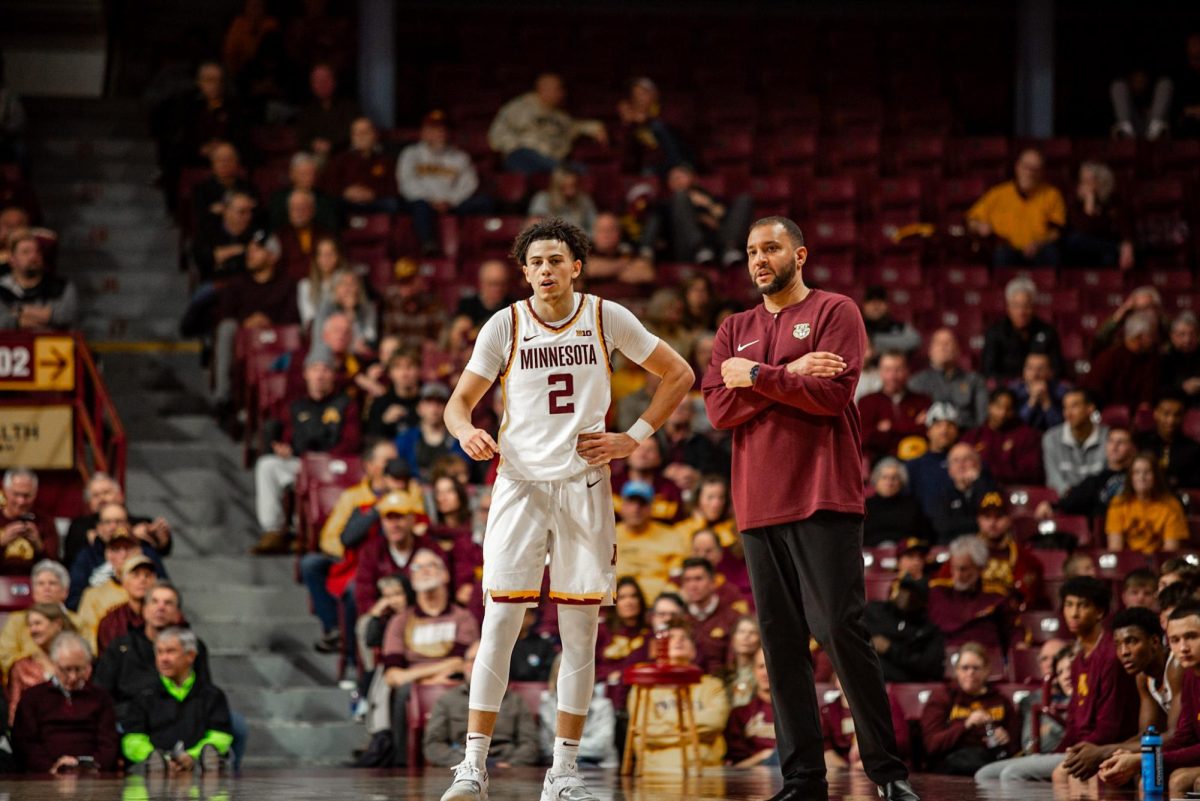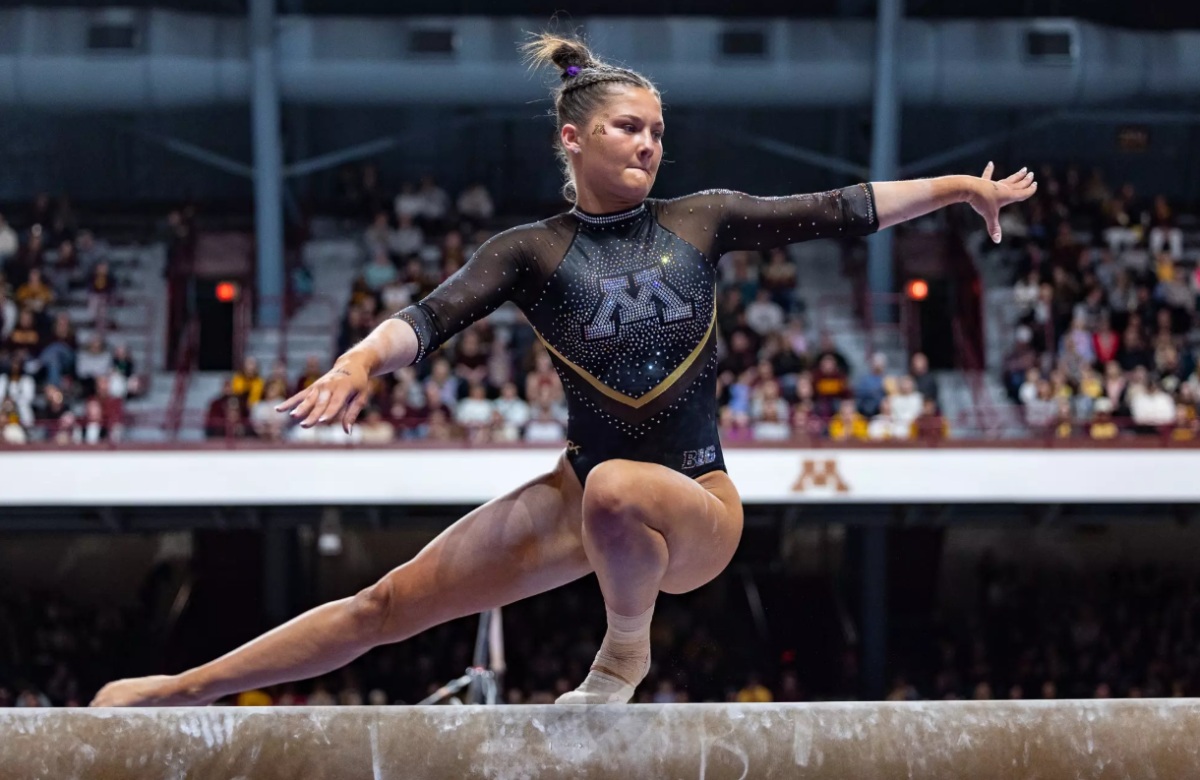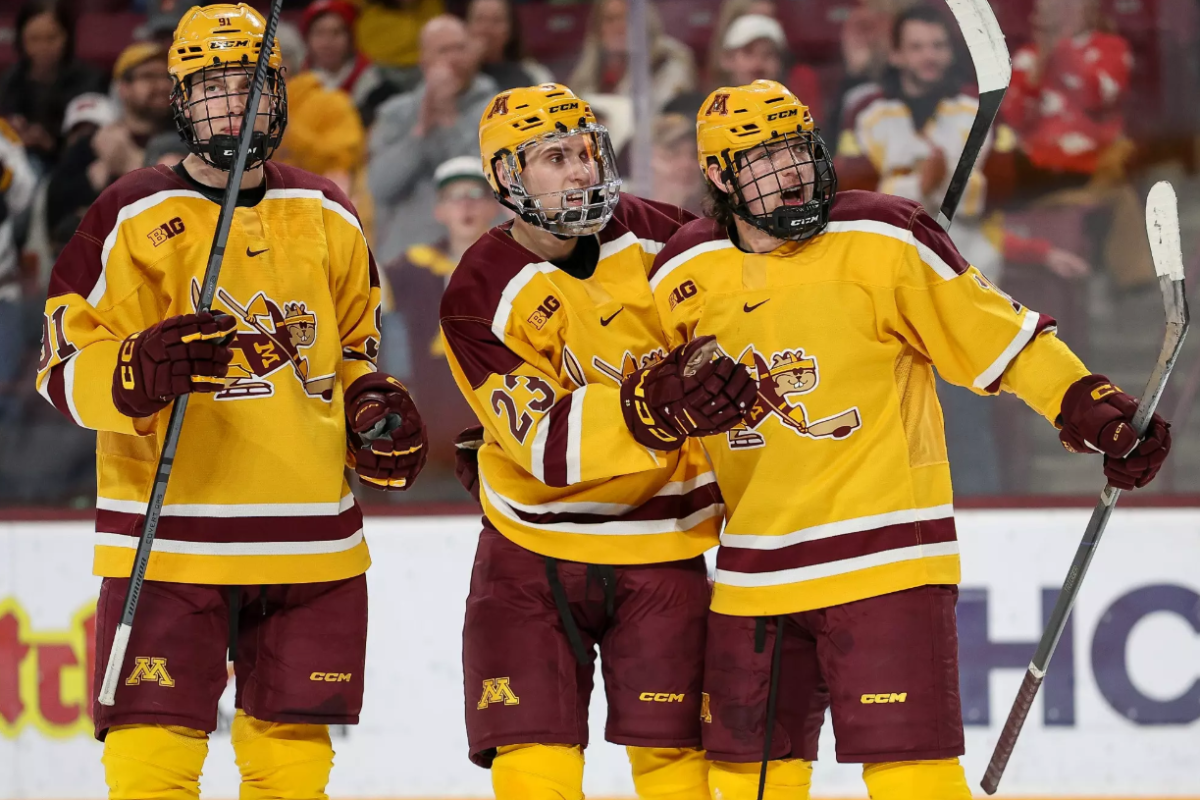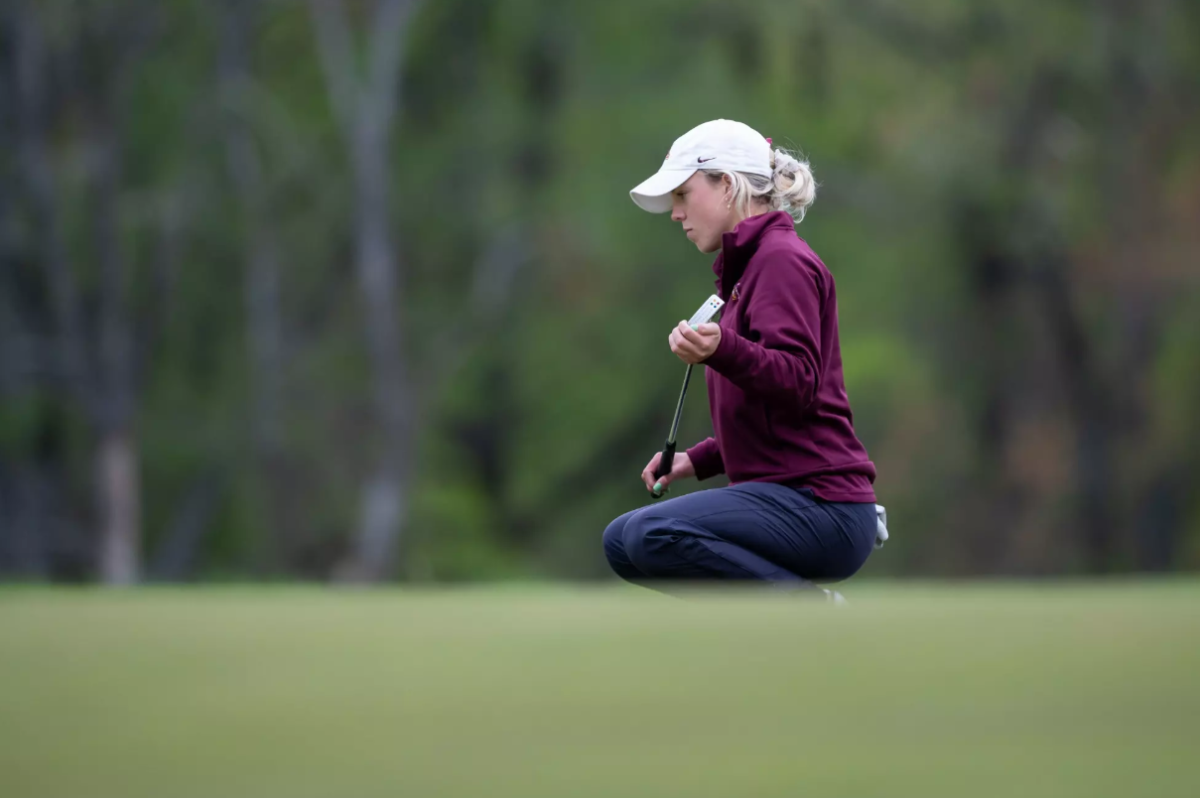In response to Jerry Sandusky’s sexual abuse scandal at Penn State, the University of Minnesota reviewed its own compliance policies last week.
University President Eric Kaler led the Board of Regents through a discussion last Thursday about the Freeh Report, an independent investigation into the Sandusky scandal released by Louis Freeh and his law firm this summer.
“In many dimensions — in enrollment, faculty size, research and operation budgets — we are not so different from Penn State,” Kaler said. “But I assure you we are in a very different place in our evolution as an institution.”
Kaler announced the University will create an ad hoc committee to develop a new child safety policy.
More than half the recommendations made by the Freeh report are already in place at the University, Kaler said, with another third of the policies and procedures partially aligned.
He said the University has “a culture of compliance,” meaning every violation of athletics rules found at the University is reported to the Big Ten Conference and the National Collegiate Athletic
Association.
All Big Ten schools have to comply with the rules of the conference and the NCAA. Schools that don’t can face penalties ranging from education sessions about those rules to loss of postseason eligibility and scholarships for teams.
Kaler appointed two faculty athletics representatives, Perry Leo and Linda Brady, who report violations directly to Kaler’s office. They also work with the athletics compliance office to ensure student-athletes and coaches are compliant.
Leo said he and Brady report formally to Kaler about once a semester but talk with other University staff members more frequently.
When Leo or Brady find a violation of rules, they investigate it and send the information to the Big Ten or NCAA, who then determine the severity of the punishment. There are two types of violations: primary and secondary.
The University has not had a major violation since the late 1990s, when members of the men’s basketball program, including coach Clem Haskins, participated in academic fraud, and women’s basketball coach Cheryl Littlejohn broke recruiting rules, among other violations.
The NCAA put the men’s basketball program on probation for four years and cut scholarships to athletes. The women’s team was also put on probation and lost practice time and scholarships.
Secondary violations are much more common and often involve recruiting. Examples include a coach paying for a recruit’s parking meter or responding to a recruit’s text message after his or her visit, Brady said.
A change in reporting
Nearly all investigations involve calling a coach and asking if he or she violated a rule, Leo said. If the matter requires more attention, a formal investigation will begin with the help of Mark Rotenberg in the Office of the General Counsel.
Rotenberg said following the basketball scandals, then-President Mark Yudof decided athletics compliance should report violations to the general counsel’s office — not the athletics director — before the president sees them.
Strengthening institutional control of intercollegiate athletics was one of the recommendations that resulted from an internal investigation of the 1999 basketball scandal, said Amy Phenix, Kaler’s chief of staff.
Phenix is responsible for the day-to-day oversight of athletics. She works with current AD Norwood Teague and often has signing authority over coaching contracts. Teague works with Kaler on larger policy issues.
“I think we’ve learned from the trouble that we have been in the importance of maintaining a lot of institutional controls,” Phenix said.
It’s important to pay attention to conflicts of interest, she said, and put in place structures that ensure athletics is a member of both the University’s institutional and academic community.
Phenix said because the University has two channels of compliance, athletics staff don’t feel pressured to overlook certain infractions.
The recommendations from 1999 also called for an independent report from the counseling side of athletics compliance to the provost’s office, Phenix said.
The idea is to have “independent reporting lines” from athletics leadership, Phenix said. Though compliance officers serve under the athletics director, they do not have to report to him.
“And that was a very pioneering move at the time,” she said.
Keeping a compliant culture
Leo said complacency is his biggest concern moving forward.
“It’s been a dozen years since Clem Haskins, and we’re saying to you that everything is going great and that we know what we’re doing,” Leo said. “That’s great, but if we don’t actually do it, something bad is going to happen.”
Kaler said he is confident the policies the University currently has in place would have caught Sandusky’s actions at an early stage. But he also said the University must remain alert and humble.
“You as a board must feel free to question me and other leaders and be confident that you will receive candid answers,” Kaler told the Board of Regents.
He said the Freeh report found Penn State to be a university that valued image, reputation and athletics above the safety of children.
“Clearly, that’s unacceptable, and we can never allow that to seep into the University of Minnesota community.”







